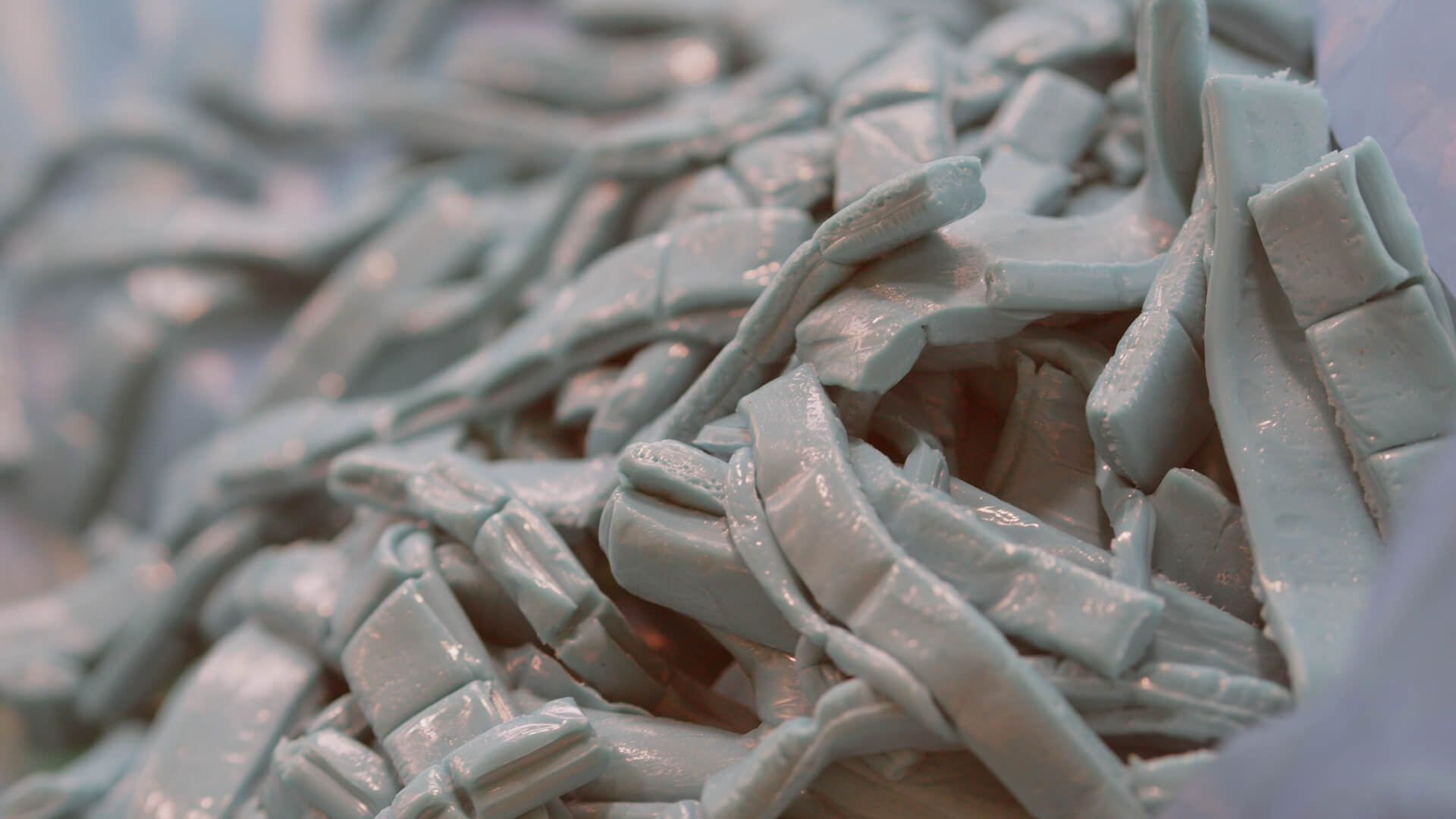Understanding Silicone: Your Questions Answered
Silicone is everywhere – from kitchenware to medical devices – but do you know where it comes from and how it’s made?
Who makes silicone?
Global manufacturers produce silicone, each with distinct areas of focus. Dabojin Silicone Manufactory specializes in creating custom silicone products and components. It’s important to note that silicone and rubber are distinct materials; silicone is synthetic and recognized for its flexibility and heat resistance.
- Silicone’s Origin: Silicone comes from silicon, which is abundant in nature as silica (SiO2) in sand and quartz. The transformation from silicon to silicone involves multiple industrial steps.
- Silicon Extraction: Silicon is obtained from silica sand or quartz using carbothermic reduction. Here, silica is heated with carbon in an electric arc furnace at around 2000°C, resulting in metallurgical-grade silicon.
- Making Silicone from Silicon: The silicon is further purified to electronic-grade levels, with 99.9999% purity or higher. It’s then reacted with methyl chloride (CH3Cl) in the Müller-Rochow process, producing various silanes and siloxanes.
- Polymerization Process: Silanes and siloxanes undergo further processing with catalysts to create different silicone polymers. This can result in various forms like silicone rubber, oil, resin, or grease, depending on the manufacturing conditions.
- Formulating Different Silicone Products: Additives, fillers, and catalysts can be added during or after polymerization to create silicone products with specific properties. This is crucial for achieving desired characteristics like thermal stability, color, hardness, or elasticity.
Is silicone made of plastic?
No, silicone and plastic are distinct materials, each with its own set of properties.
Silicone: Comes from silica, found in sand or quartz. Transforms into a flexible, heat-resistant material through chemical processes. Known for durability, non-reactivity, and flexibility.
Plastic: Comes from petrochemicals, but bio-plastics come from plant materials.
So it can be shaped into various forms and has many uses. Properties also can differ a lot depending on the type. Generally, less heat-resistant than silicone and may react with some chemicals. And also has a big impact on the environment. Silicone is often a better choice than plastic for high-temperature or medical uses due to its unique features and, of course, for the environment.

This article provides a data-driven analysis comparing silicone and plastic based on recyclability, biodegradability, and food safety.
Read more to understand the pros and cons of each material and make better choices.
Discover the Truth About Silicone and Plastic
Silicone making process
From Sand to Silicone: The Making of a Versatile Material
Silicone’s creation starts with silica, a compound readily found in sand and quartz. The process begins by heating silica with carbon in a furnace. This reaction yields silicon metal, the foundation for silicone production. Next, that silicon metal undergoes a chemical transformation with methyl chloride, resulting in the formation of silanes and siloxanes.
These compounds are then subjected to polymerization – a process that links them together to create long chains known as silicone polymers. Think of these polymers as the “dough” from which various silicone products are made.
Does Silicone Produce Microplastics?
Let’s be clear: silicone is durable, way tougher than most plastics. But like everything else, it eventually breaks down over time with wear and tear. This breakdown can result in tiny particles, similar to microplastics we see with other materials.
Microplastics are a serious environmental concern because they end up in our water systems, food chain, and even the air we breathe. They pose risks to wildlife and potentially human health.
So, is silicone a better choice for the environment? It’s not as simple as a yes or no.
Here’s why:
- Longer Lifespan: Silicone products tend to last longer than many plastics, reducing the immediate amount of waste.
- Reusable: Many silicone items can be cleaned and reused repeatedly, further minimizing their environmental impact.
- Biodegradability: Unlike conventional plastics, silicone can break down naturally over very long periods. However, this breakdown process isn’t as fast as some biodegradable materials.
The Bottom Line: While silicone’s durability and reusability offer advantages, it’s crucial to remember that it still contributes to microplastic pollution if not handled responsibly.
Here’s what we can do:
- Choose Quality: Opt for high-quality silicone products that are designed to last longer.
- Reuse & Repair: Extend the life of your silicone items by reusing them whenever possible and repairing them instead of discarding them.
- Proper Disposal: When a silicone product reaches the end of its life, check for recycling options in your area.